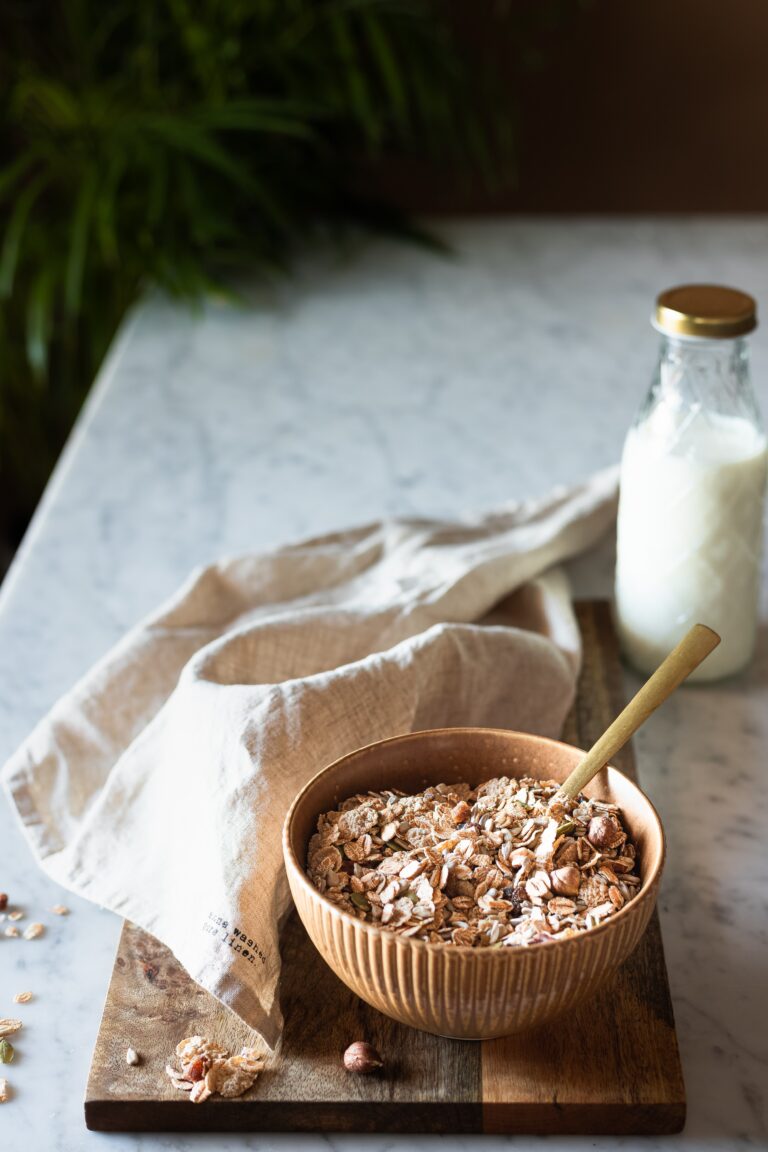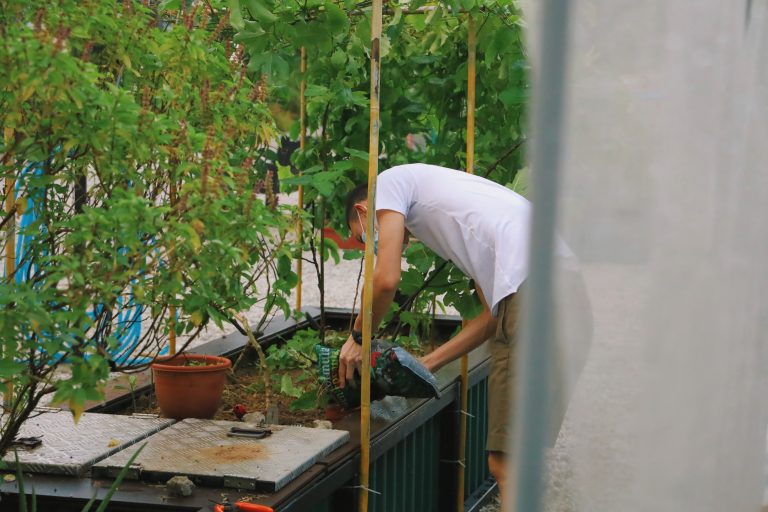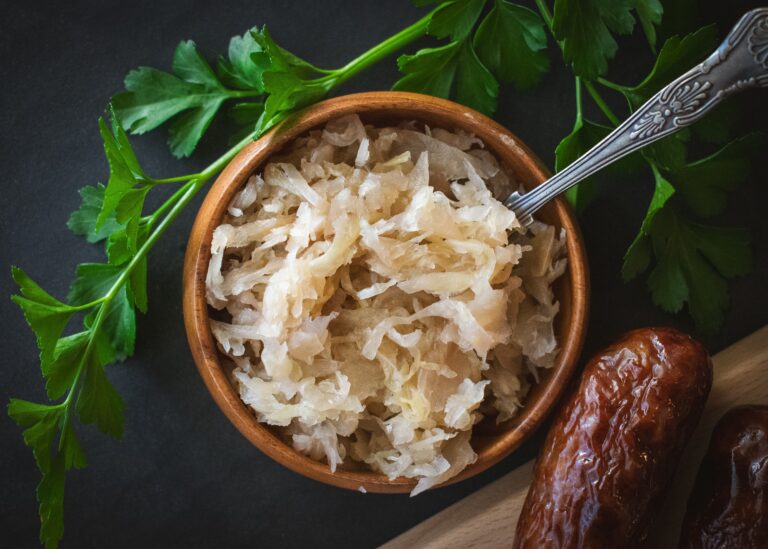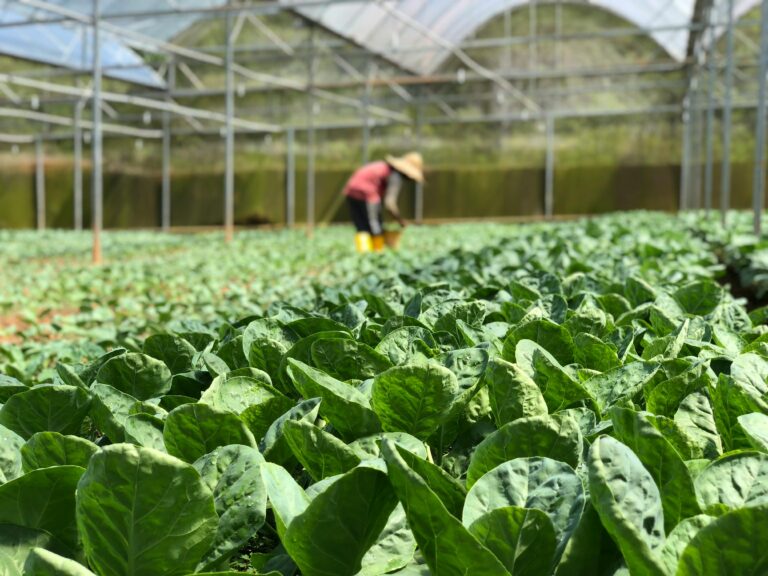How to Compost Fall Leaves and Garden Debris
Introduction
As the vibrant colors of fall leaves blanket our gardens, many gardeners face the dilemma of what to do with the abundance of fallen foliage and garden debris. Rather than bagging these natural treasures for disposal, consider composting them to enrich your garden soil and promote sustainable gardening practices. Composting fall leaves and garden waste not only recycles valuable nutrients back into the earth but also reduces the amount of organic waste that ends up in landfills, making it an eco-friendly choice.
In this post, we will explore the myriad benefits of composting, provide practical tips on how to effectively collect and prepare your leaves, and guide you through creating the perfect compost pile. Whether you’re a seasoned gardener or a novice, you’ll learn how to turn your fall leaves and garden debris into nutrient-rich compost that can enhance your plants’ health and vitality. Join us on this journey to transform seasonal waste into a valuable resource for your garden!
Why Compost Fall Leaves and Garden Debris?
Composting fall leaves and garden debris offers numerous benefits that make it an essential practice for any gardener committed to sustainability:
- Nutrient Recycling: As leaves and garden waste decompose, they break down into nutrient-rich humus that replenishes the earth with essential elements like nitrogen, phosphorus, and potassium, crucial for plant growth.
- Waste Reduction: By composting organic matter instead of sending it to landfills, you help decrease the volume of waste that contributes to landfill overflows and methane emissions, a potent greenhouse gas.
- Improved Soil Structure: The organic matter from compost increases soil aeration, water retention, and drainage, creating an optimal environment for plant roots, which translates to more vigorous plant growth and higher yields.
- Eco-Friendly Garden Practices: By incorporating composting into your gardening routine, you reduce the need for chemical fertilizers, which can harm the environment. Compost acts as a natural fertilizer, enriching the soil without the adverse effects associated with synthetic products.
In summary, composting fall leaves and garden debris is not only beneficial for your garden but also for the planet. It contributes to nutrient recycling, waste reduction, improved soil structure, and supports eco-friendly gardening practices, making it a win-win for gardeners and the environment alike.
Collecting and Preparing Fall Leaves for Composting
Collecting fall leaves at the right time is crucial for successful composting:
- Best Time to Gather: The best time to gather leaves is during the fall, just after they have fallen from the trees. At this stage, leaves are typically dry and easier to handle.
- Types of Leaves to Include: Most leaves from deciduous trees, such as maple, oak, and birch, are excellent for composting due to their high nutrient content. However, avoid leaves from black walnut and eucalyptus trees, as they contain compounds that can inhibit plant growth.
- Chopping or Shredding Leaves: Shredding the leaves into smaller pieces increases their surface area, allowing microbes to break them down more quickly. You can use a leaf shredder, lawn mower, or even a string trimmer to chop the leaves into finer pieces.
- Layering with Garden Debris: To create the right mix for composting, it’s crucial to layer your fall leaves with garden debris. Leaves are considered “browns,” which are high in carbon, while garden debris such as grass clippings, fruit and vegetable scraps, and plant trimmings are “greens,” which are high in nitrogen. A balanced compost pile should have a ratio of about 3 parts browns to 1 part greens.
This balance ensures an optimal environment for microbial activity, speeding up the decomposition process and producing rich, fertile compost.
Creating the Perfect Compost Pile
Creating the perfect compost pile requires attention to size, location, balance of materials, moisture, aeration, and regular turning:
- Size: For optimal results, aim for a compost pile that is at least 3 feet wide, 3 feet deep, and 3 feet tall. This size provides enough mass to maintain heat, which is crucial for decomposition, while still allowing for adequate airflow.
- Location: Choose a location that is easily accessible and has good drainage. A partially shaded spot can help maintain consistent moisture levels without drying out too quickly.
- Balancing Materials: Browns include materials like shredded fall leaves, straw, and cardboard, while greens encompass items like vegetable scraps, grass clippings, and coffee grounds. Aim for a ratio of approximately 3 parts browns to 1 part greens.
- Moisture Level: Your compost pile should be as damp as a wrung-out sponge. If it’s too dry, decomposition slows down; if it’s too wet, it can become anaerobic and start to smell.
- Aeration: A well-aerated pile promotes aerobic decomposition, reducing the likelihood of foul odors. Turning the compost pile introduces oxygen, which helps speed up the process. Turn your pile every 1-2 weeks using a pitchfork or compost aerator.
By paying attention to these details, you’ll create a compost pile that efficiently transforms fall leaves and garden debris into rich, valuable compost for your garden.
Accelerating the Composting Process
Speed up the composting process with these tips:
- Adding Compost Activators: Compost activators are materials that introduce beneficial microorganisms or add nitrogen to your compost, jump-starting the microbial activity. Common activators include aged manure, alfalfa meal, blood meal, and commercial compost starters.
- Managing Temperature: Heat is essential for breaking down organic materials efficiently. Aim to maintain your compost pile at temperatures between 135°F and 160°F, the ideal range for killing off weed seeds and pathogens while promoting microbial activity. If the pile cools down, turning it can reintroduce oxygen and help raise the temperature again.
- Troubleshooting Issues: If you notice unpleasant odors, it typically indicates that the compost pile is too wet or lacks sufficient aeration. Turning the pile and adding more browns like shredded leaves can help balance the moisture levels.
By implementing these strategies, you can speed up the composting process, transforming your fall leaves and garden debris into nutrient-rich compost more efficiently.
When and How to Use Finished Compost
Finished compost is dark, crumbly, and smells earthy. You’ll know it’s ready when the original materials are no longer recognizable, and the pile has reduced significantly in volume. The compost should be cool to the touch and free of any unpleasant odors:
- Application in Garden Beds: Spread a 2-3 inch layer of compost over the soil and mix it into the top 6-8 inches. This enriches the soil with essential nutrients and improves its structure, promoting healthy root growth.
- Using Compost as Mulch: Apply a thick layer around plants and trees, ensuring it doesn’t touch the stems or trunks to prevent rot. This mulch will help retain moisture, suppress weeds, and gradually release nutrients into the soil as it breaks down.
- For Potted Plants: Mix finished compost with potting soil at a ratio of 1 part compost to 2 parts potting soil. This blend will provide a nutrient-rich environment, enhancing the growth and vitality of your container plants.
- Fall vs. Spring Application: Applying compost in the fall allows it to break down further over the winter, enriching the soil and making nutrients more available to plants in the spring. However, applying compost in the spring gives an immediate nutrient boost to your plants as the growing season begins.
Whichever method or timing you choose, using finished compost will significantly benefit your garden by enhancing soil fertility and supporting robust plant growth.
Tips for Success
Successfully composting fall leaves and garden debris involves avoiding common mistakes, finding solutions for small spaces, and adapting your practices seasonally:
- Avoiding Mistakes: Ensure a proper balance of browns (carbon-rich materials like leaves) and greens (nitrogen-rich materials like kitchen scraps) to avoid issues like foul odors or slow decomposition. Regular turning is essential to introduce oxygen, which prevents your pile from becoming compacted.
- Small Space Solutions: Consider using a compost tumbler, ideal for small spaces and easy to turn. Alternatively, a worm bin (vermicomposting) can be a compact and efficient way to compost kitchen scraps indoors.
- Seasonal Adjustments: In the fall, chop or shred leaves for faster decomposition. During winter, insulate your compost pile with straw or a tarp to retain heat. In spring and summer, keep your pile moist and turn it more frequently, as higher temperatures and increased microbial activity speed up the composting process.
By being mindful of these tips, you’ll be well on your way to producing high-quality compost that enhances your garden’s soil and promotes healthy plant growth.
Conclusion
Composting fall leaves and garden debris offers a multitude of benefits, from recycling valuable nutrients back into the soil to reducing waste and promoting eco-friendly gardening practices. By carefully collecting and preparing your leaves, creating a balanced and well-maintained compost pile, and accelerating the composting process with activators and proper management, you can produce rich, nutrient-dense compost to enhance your garden’s health and productivity.
Now is the perfect time to start composting your fall leaves and garden debris. Embrace this sustainable practice and contribute to a healthier environment and more fertile garden. We invite you to share your composting tips and experiences in the comments below. Let’s inspire and learn from each other to make our gardens and the planet greener!
